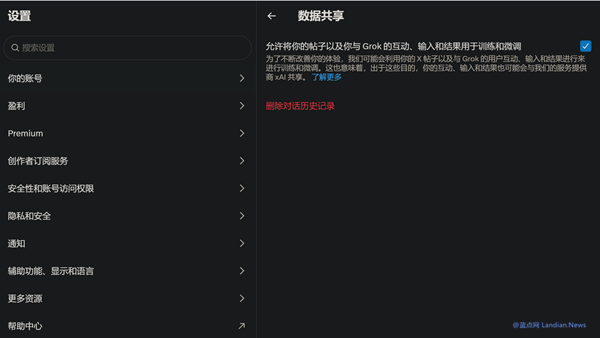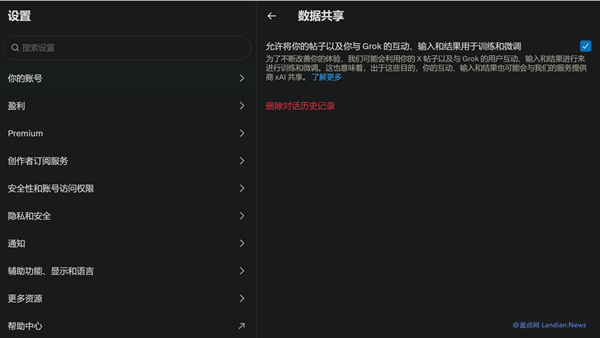Twitter Releases "The Algorithm" Source Code, Unexpected Surprises Found Inside
In an effort to increase transparency, Elon Musk previously expressed his intention to make Twitter's recommendation algorithm open-source, allowing anyone to understand its logic and methodology. This past weekend, Twitter released a repository on GitHub called "The Algorithm" under the GNU Affero General Public License v3.0.
Repository Link: https://github.com/twitter/the-algorithm

The Purpose of Twitter's Recommendation Algorithm
The released algorithm is primarily used for the "For You" section of Twitter, which recommends tweets based on users' browsing habits or potential interests. According to Twitter, the main goal of the recommendation algorithm is to filter and rank popular tweets using machine learning models. Filters are also used to remove NSFW content and tweets from blocked users, with the remaining content being displayed on users' "For You" timeline.
A Flawed System: Blocked Users' Tweets Still Appear
Despite Twitter's claim that the algorithm filters out tweets from blocked users, user feedback suggests otherwise. Many users have reported seeing tweets from users they have actively blocked, or from users who have blocked them, on their timeline, effectively bypassing Twitter's blocking system.
"Elon" Keywords Found in Source Code
Upon examining the source code, multiple settings related to the keyword "elon" were found. These settings appear to increase the weight of Elon Musk's account and tweets, making his content more likely to appear on users' timelines. Musk has since claimed that he was unaware of this issue and plans to remove any preferential treatment for his account from the algorithm.
Conclusion: Transparency Leads to Interesting Discoveries
The release of Twitter's recommendation algorithm source code has led to some unexpected revelations, with blocked users' tweets still appearing on timelines and preferential treatment for Elon Musk's account. As users and developers continue to scrutinize the code, it will be interesting to see what other insights come to light and how Twitter will address these issues in the future.









